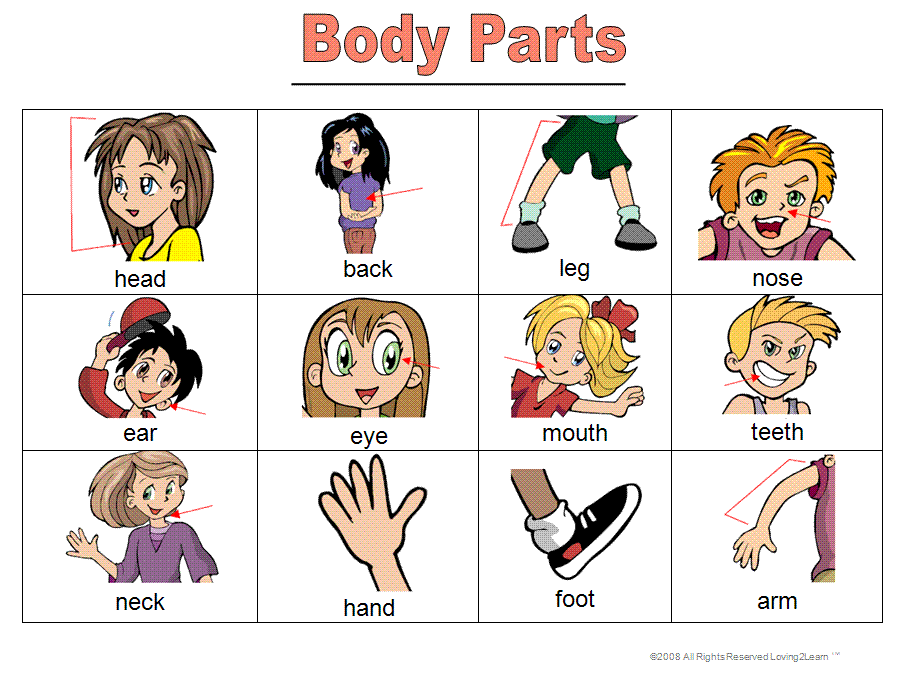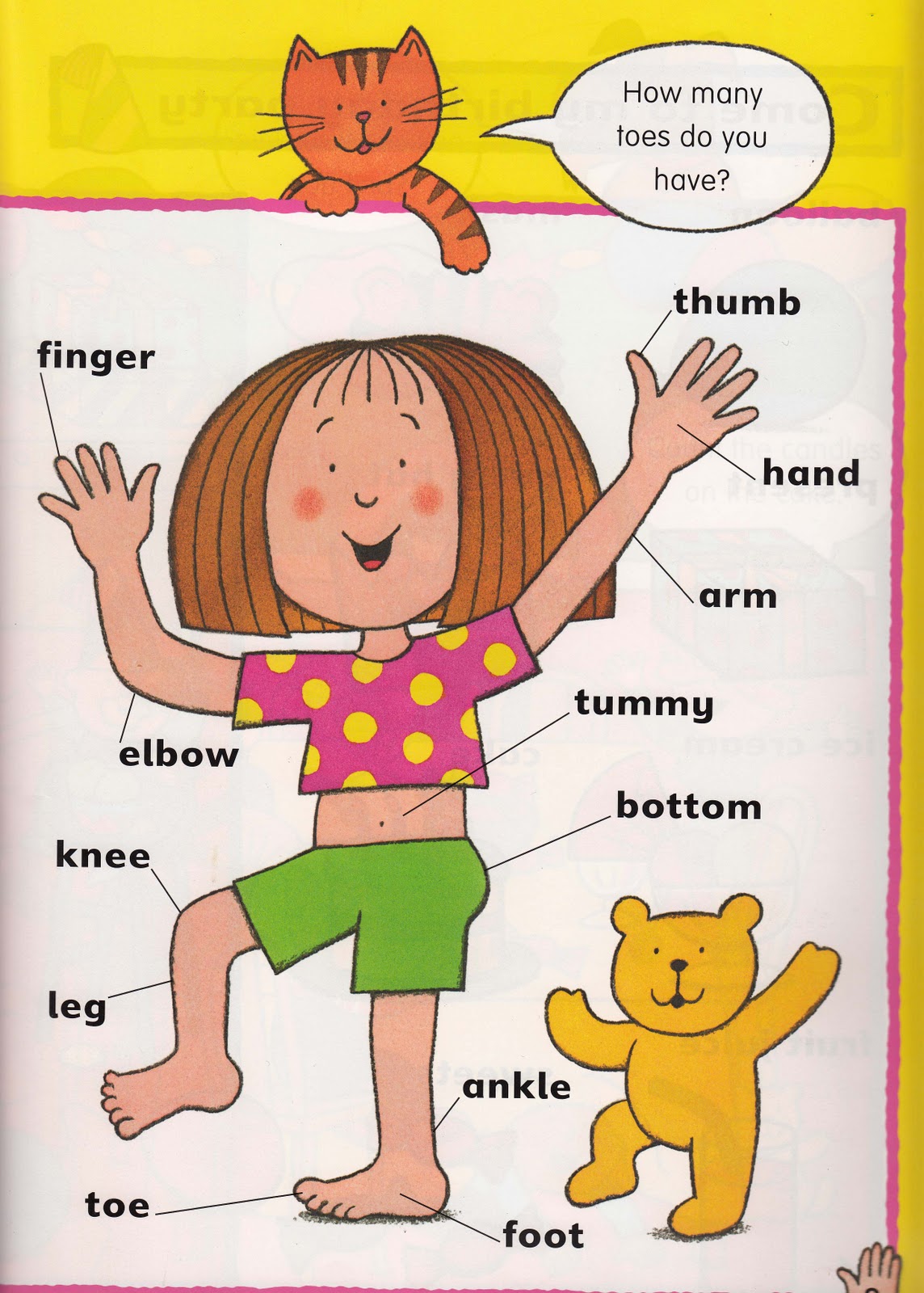Sensational Tips About How To Learn Body Parts

Knowing exactly what to memorize and why.
How to learn body parts. There are three muscle types; In this video kids can learn the names of basic body parts in english. Muscular system the muscular system consists of all the body muscles.
It promotes body positivity and helps toddlers understand that all bodies are different and unique. First, it allows you to see how other people are learning the language and provides you with examples of how to use the language. Struggling to learn muscle anatomy?
How does the human body work? Hip / waist / side / gently. Our bodies are awesome!
Then add the various bones, muscles, organs, and more as you learn about them. Kids love these anatomy activities! Ask students to match images of different body parts to.
What roles do the digestive, reproductive, and other systems play? The human body is made up of groups of organs, called organ systems, that work together to keep the body in balance. You don’t usually need to worry about it spreading to other parts of your body.
Clown's face print the clown's face picture, read the sentences and colour it in! Teaching body parts can be a fun and engaging activity for both parents and toddlers. They were a perfect way to introduce the different body parts.
Learn how variations of the shingles virus can differ in their symptoms, treatment, and outlook. Smooth, cardiac and skeletal muscles. But you’ll also want to prepare effectively too.
Show the student where each body part is located by pointing it out and saying its name. The best way to memorize anatomy quickly is to use flashcards or the memory palace technique, have a good reference resource and a systematic order to the process. Abracadabra practise parts of the body words with this song about a magic spell.
Teaching body parts like “arm” and “hair” is very common in young learner classrooms, and justifiably so because: Toddlers listen to everything their parents say; Charts divide muscles into body regions and groups, with attachments, innervations and functions clearly labeled.
The human body is everything that makes up, well, you. The game starts with one child saying, “i have {body part/organ}, who has {another body part/organ}?” We used these flashcards in a variety of ways and made them into fun activities!


















